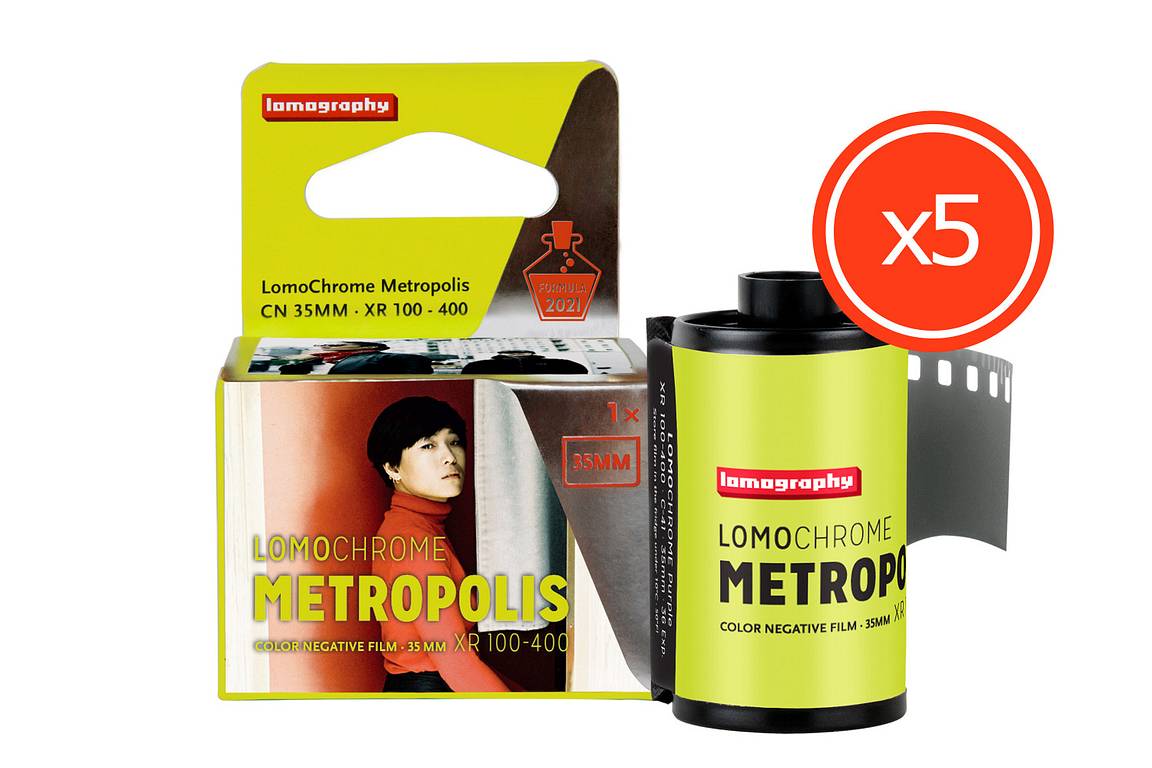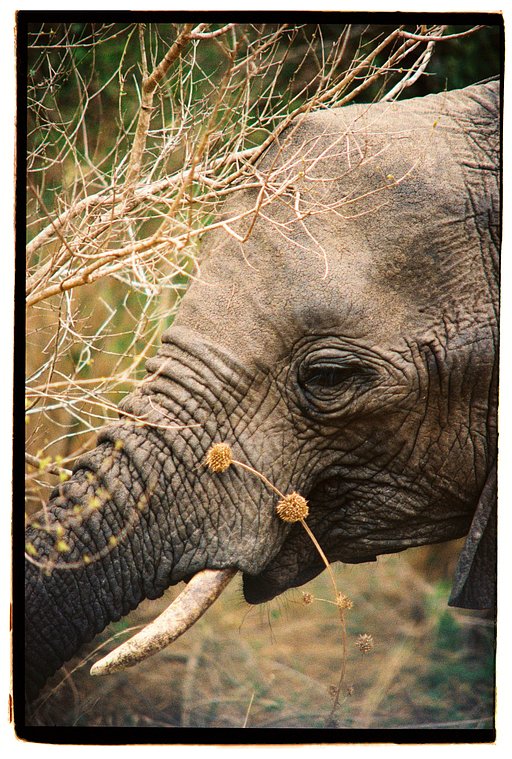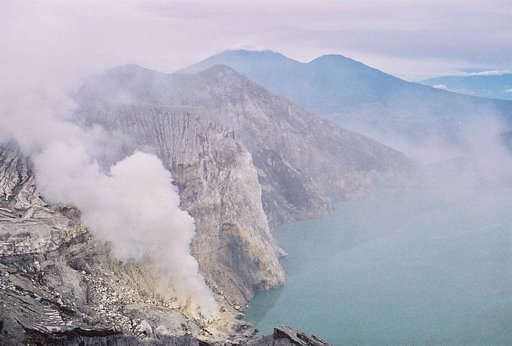Unique Travels on Film with Karl-Auguste
11 Share TweetKarl-Auguste (@deladiaspora) started photography in order to capture everything he's experienced throughout his life. From a young age, @deladiaspora has always been on the move, after leaving his home country at a young age to go to college in America. He now lives in Paris and travels frequently, with recent trips to São Tomé and Príncipe, Morocco, Côte d'Ivoire, and Spain. Today we chat with him about how his upbringing has affected his photography.
Can you start by telling us a bit about yourself and how you got started with analogue photography?
I was born in the Ivory Coast in 1992 and I lived there for 10 years until we left in 2002, right when the coup happened. We decided to move to Tunisia because of the political situation and arrived in 2003. After Tunisia, there was also the United States (Richmond Virginia), and France. My alias, diaspora /deladispora (from thé diaspora), comes from this life experience. I guess I want my photos to show what I've seen all my life which is the cultural melting pot you can find in every country in the world if you pay attention.
When I was younger my mom had always been the artist of the family. Her kind of art has always been photography. We have a lot of pictures back home from the 70s-2000s. My mother took her camera everywhere, so I took that from her. When I was younger I used to like taking pictures but I never got interested since it was expensive and it felt like it wasn't something for me to have until I was able to buy a camera with my own money.
I bought my first camera in Paris because it was such an amazing city to take pictures in. I remember walking in Paris, and taking pictures of all the places, and I decided to buy a camera a digital Olympus. However, one day one of my friends from Tunisia was posting pictures with a disposable camera and it reminded me of my childhood and I just fell in love with the aesthetic and how nostalgic it made me feel.
I started shooting film three years ago before the Covid-19 pandemic and I mostly shoot my friends and family whom I still consider my best models for how natural they act in front of my camera.
Can you tell us about the gear you use?
I currently have four cameras. A Pentax 67 and a Lubitel 166 in medium format and a Minolta SRT-101 and Olympus OM20 for 35 mm. I used to have a Bronica I recently sold so I could invest in a new camera, maybe the Mamiya 645.
My favorite camera is the Minolta with its 50 mm Minolta Rokkor lens. First of all, I think it's a very good-looking camera, easy to use and to walk around with, and it might be a coincidence but I also took what I consider my best photos with this camera. I also love the Pentax 67 obviously for the quality of the photos I get from it and the possibility to shoot in a low light environments with creativity. I usually shoot on Portra even though I have a huge preference for the colors on Cinestill 50d and LomoChrome Metropolis. I also recently took an interest in black and white photos, especially since I saw pictures of the Fantôme Kino B&W 35 mm ISO 8. I will take it with me to the sunniest places on the sunniest day and see how the magic happens.
Your recent travels have included Marrakech, Abidjan and Seville? What was something memorable from each trip?
So I'm trying to find multicultural melting pots in every city I visit. I had this idea while visiting one of my best friends in Séville. We met in Richmond when I was a student there and have kept in touch since. She was visiting a British friend there and invited me to join her for the weekend. I went there without knowing anything about this city. I fell in love with the city as soon as I got there. I think mainly because you can still feel the Arab influence on the Andalusian country which reminded me of home (I'm referring to Tunísia here) and my teenage years. The sunshine, the buildings, the music, and everything I saw there put me in the mood to take my camera with me everywhere I went to. I had no regrets, except for the fact that I wish I could have stayed there longer to shoot every little secret place of this beautiful city.
Taking pictures in Marrakech was very random. I went there for a birthday, thinking I would only take party pictures for my friend. But I saw the beauty of the city on my way from the airport to the hotel and I knew I had to take a day for myself so I could visit the city and take pictures. So on my last day there, I decided to follow two friends going to the souk so I could shoot them walking around the city.
I'm so happy I went with them because I feel like it would have been difficult to shoot random people as many locals refuse to have their pictures taken and they would let you know even before you can point the camera towards them. Yet, it allowed me to discuss with a lot of people there, whether they wanted their photos taken or not, and learn more about their way of life or all of the similarities between our cultures. It made me want to go there again and take the time to shoot more people, locals, and diaspora.
Abidjan is the city where I feel the most at home (Tunis being the second one) which is why it always feels easy to shoot there. Ivorian people are the funniest and most enjoyable people. They always see the bright side and are the life of the party. My main focus when shooting in Abidjan is trying to catch this constant happiness through their smiles, laughs, dances, and all those émotions I can capture with my camera.
I discovered your photos when I was looking into more obscure places that had been photographed by Lomographers and I found your album showing São Tomé and Príncipe. It’s one of the least visited countries in the world so can you tell us about your experience and why you decided to go there?
São Tomé was an amazing experience. It is a very small Portuguese-speaking country I knew nothing about before my friend invited me and other friends to celebrate her birthday there. I actually brought all of my cameras to make sure to get the best of it and test new films on such beautiful landscapes. Being in Sao Tomé was very special to me because it was the first time since I first left my birth country that I ever felt like a tourist, or even dépaysé, in another country. Mainly because it is a small (290 k inhabitants) island where the language (Portuguese), the music, and the food are very different from what I had seen before, even in other African countries. The landscapes are also very impressive and inspiring for photographers, as there is a lot of color and vegetation outside of the city and really old but authentic architecture downtown. I would say the best place I have ever visited for very large angle photography. My only regret would be not bringing a large-angle lens with me over there.
Where are you planning on traveling to next?
Japan, Cuba, Canada, New Zealand, and the Philippines. My father’s been there a lot and loved it.
Do you have any advice for other film photographers traveling?
The only advice I would give film photographers traveling is to be really careful with the amount of film and the camera you bring with you. It gets really frustrating to realize that mid-trip you only have one film left or notice a malfunction in your camera, especially if you are in a small or remote city. Always consider before your travel that you can only rely on what you bring with you and you’ll be fine. Otherwise, just have fun and shoot what’s beautiful to your eye.
Thank you Karl-Auguste for sharing your story and advice to us. Follow him on his Instagram and check out his LomoHome
written by rocket_fries0036 on 2022-08-31 #culture #people #places #travel #street #sun #spain #europe #africa #beach #seville #marrakech #abidjan #toursim #lomochrome-metropolis #sao-tome-e-principe

























































No Comments